
Slabs or pavers? This is a massive conundrum for those looking to design quality landscaping. While both items have numerous characteristics in common, slabs are preferred for their easy maintenance factor, and pavers offer a range of laying patterns (fan-shaped, lattice, basket weave, etc.).
Perhaps, after reading this article, you’ll consider using permeable ground grids, which provide a more eco-friendly option with their vegetation feature.
How to Install Patio Slabs or Pavers
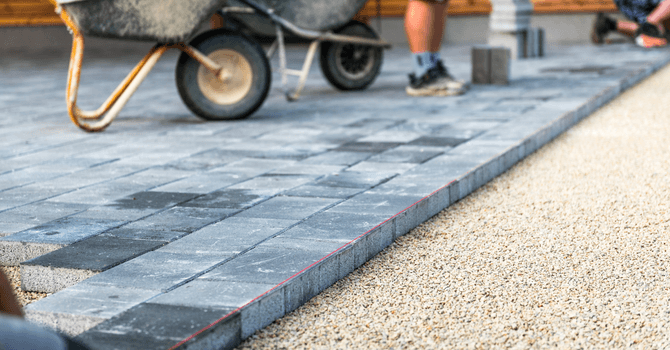
Source: Canva
Here are the 11 steps to follow for laying patio slabs or pavers:
Look at your lawn to determine where the wet and dry patches are, as well as trees and shrubs (therefore roots, etc.).
Outline the edges of the chosen surface area.
Dig out 12 inches (30 cm).
Clear the area of roots or vegetation, and compact the ground.
Build a slope away from the house (2-5%).
Lay a geotextile membrane.
Cover the surface with tightly compacted gravel (0/¾”) over 4 inches (10 cm).
Add sand or other granular material while still respecting the initial slope.
Add edging.
Lay the pavers according to the predetermined installation plan. Make the necessary cuts with the right tools.
Fill in the paver or slab joints with polymer sand and run a vibrating plate over the surface, then compact prior to dampening the entire zone.
This last step is super important. The edging keeps the slabs and pavers together when the ground moves (notably during freeze-thaw cycles).
You can either choose concrete, plastic, recycled tires, etc. edging. Above all, whatever you choose, it has to be able to withstand the pressures exerted on your paving (foot traffic, cars, etc.).
Comparing Patio Slabs and Pavers
Slabs and pavers share many benefits since they can withstand:
Freeze-thaw;
Friction;
Loads;
Deicing;
Stress from high foot traffic.
Pavers are also relatively lightweight compared to slabs. Besides, a word to the wise, go for smaller tiles, because the bigger they are, the heavier they will be.
What colour slabs or pavers should you choose?
Slab and paver colours are, by far, a lot more important than mere aesthetics. Dark-coloured slabs or pavers will absorb the sun's heat.
Problem: You might end up walking barefoot on your slabs and pavers, especially if they're around a pool or hot tub.
If that’s the case, focus on lighter colours, like light grey.
Benefits of Backyard Pavers
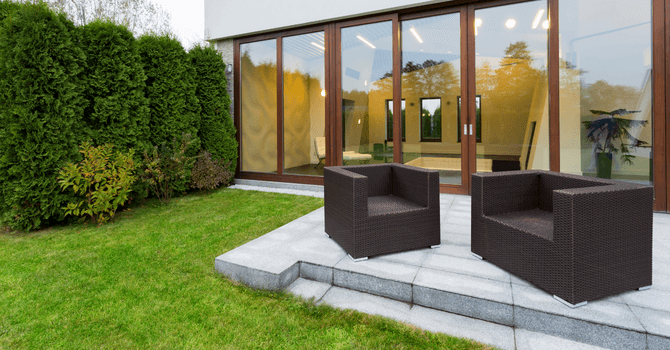
Source: Canva
These are not the only benefits of pavers. We’ve already mentioned the fact that they can withstand:
Freeze-thaw cycles;
Friction;
Loads;
Deicing;
Stress from high foot traffic.
And there are even more advantages since pavers are also:
Installation ready;
Easy to replace;
Devoid of mortar;
Devoid of curing.
To delve further into detail, note that pavers offer a significant advantage in Canada. The structural aspect of the pavers, with their numerous joints, ensures resistance to freeze-thaw cycles through micro-adjustments.
Can we honestly say that they’ll never deteriorate and never need to be replaced? No, of course not. Yet, pavers still come out on top.
Climate-induced ground movements can adversely affect both the pavers and the underlying structure. The benefit of pavers is that they can be removed and laid again without any problem.
When it comes to simply replacing one paver, remove the sand surrounding the stone in question, pick it out, and put in a new one.
Eco-Friendly Slabs and Pavers
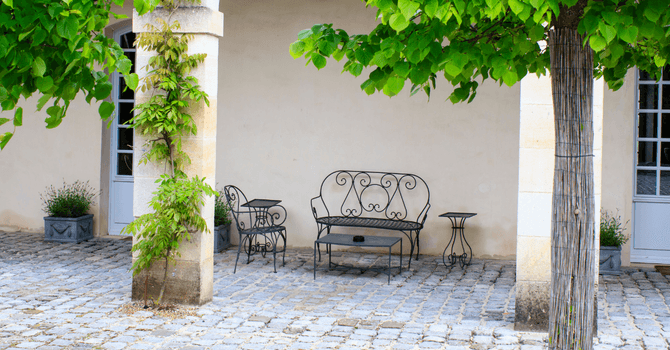
Source: Canva
Why are slabs and pavers eco-friendly? Well, because the majority of them are made of concrete, i.e. they’re made from natural aggregates bound together with cement.
Therefore, you don’t have any slabs, flagstones, or pavers made from oil-based products in your backyard.
You can even go one step further, by seeking out low-carbon footprint or green pavers.
What’s a green paver?
It isn’t a paver made from some obscure innovative material. A green paver is simply a paving stone on which vegetation grows around its joints.
Both aesthetic and eco-friendly, green pavers also limit soil erosion and rainwater run-off.
In high-density city districts, green pavers help offset heat islands generated by asphalt surfaces during summer.
Can a green parking lot withstand the weight of a car?
Yes. Whether you choose standard green pavers or honeycomb paving slabs, it can withstand the weight of a car, there’s no worry there.
Green or Honeycomb Paving Favoured by Cities
Don't think that your choice of outdoor paving stone or slab has no impact on your immediate community. It’s quite the opposite: you're actively helping improve the quality of life in and around your neighbourhood.
The growing use of asphalt has had a number of repercussions that were underestimated at the time of its rapid rise to fame. For example, the waterproof nature of asphalt has led to the ground drying out and municipal sewage systems flooding with water.
This is a problem that a growing number of local councillors are trying to solve. In what way is that? By urging citizens to make space for greenery. Eco-friendly paving stones are one such solution.
Honeycomb paver moulds are now the material of choice for many manufacturers as demand for this type of eco-friendly paving continues to soar.
The benefit? On one hand, bridging the gap between the need for greenery, and on another, a hard surface to park your car.
And, that’s not all. Most honeycomb pavers are made with recycled plastic, thereby limiting ground or air pollution resulting from landfill waste or waste reprocessing.
Moreover, vegetation also contributes to water percolation in the ground, trapping pollutants and cooling the atmosphere through vaporization in summer. All in all, it’s a win-win situation.
What type of plant should be used for grass pavers?
Don’t assume that adding some grass pavers is easy, particularly if your car remains stationary for extended periods of time. Plants don’t thrive in the shade, nor can they when exposed to the engine’s or exhaust pipe’s heat.
There are solutions out there. Companies like Permacon or Les Dalles Vertes recommend planting dwarf clovers or a mix of greenery that’s usually meant for sporting fields.
To maintain these pretty plants, you don't necessarily need to have a green thumb, but you do need to remember to water them regularly. The soil dries out faster in pavers than in more traditional green spaces.
How do you maintain green pavers?
Aside from watering them during the warmer summer months, there isn’t much else to do—weeding is unnecessary. Allow nature to take its course, and it’ll naturally fill the pavers accordingly.
Meaning, select plants that are sturdy enough, and short enough, to grow without needing to be trimmed. In fact, shovelling snow from your driveway is precisely what is most likely to damage the greenery making up your green pavers.
The best way to protect your greenery over winter is to leave a well-packed blanket of snow, about 1 inch (2 or 3 cm) thick. In other words, don't scrape ecological paving as you would asphalt.
Slab Pricing Examples
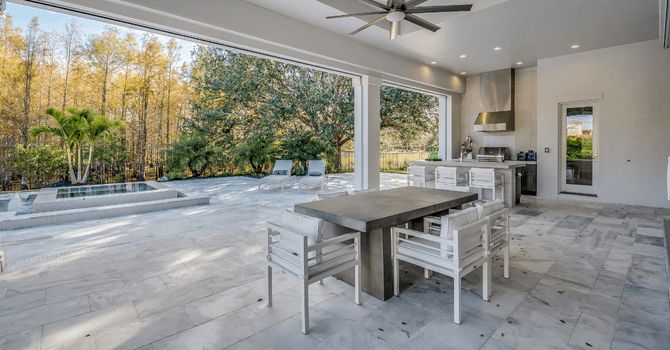
Source: Canva
Diamond concrete slab
The Quebec-based company Patio Drummond sells 24-in by 24-in concrete patio slabs for $14.42 apiece.
Oldcastle Saranak patio stones
Permacon sells 23 ⅝ in (65 cm) by 15 ¾ in (40 cm) by 1 31/32 in (5 cm) thick concrete patio stones for $11 to $17 each.
Oldcastle Plaza slabs
Aesthetically speaking, these 20 in/20 in (50 cm/50 cm) Oldcastle Plaza slabs are more sought-after and cost $12 to $17 apiece.
Oldcastle Quadral cobblestone-like slab
These 16 inches long by 16 inches (40 cm) wide, 2 inches thick (5 cm) concrete slabs mimic cobblestones and cost $8 to $12 apiece.
These are perfect for those who are hesitating between pavers and slabs.
Rubberific patio stones
Made by Florida-based company, International Mulch Company (IMC), these slabs are made of rubber. Sold in 16 in/16 in (40 cm/40cm) format, they’re only $7 to $13 apiece.
Paver Pricing Examples
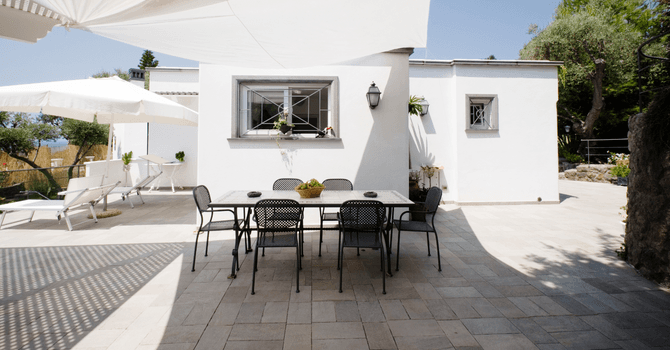
Source: Canva
Concrete paver
Patio Drummond markets concrete pavers for $1 to $1.50 apiece.
Venza waterproof paver
For $10 to $12/ sq.ft., you can opt for waterproof pavers made by Venza.
Turfstone paver
With Faucher Botanix, you have the possibility of purchasing green pavers measuring 3 ⅛ in by 15 ¾ in by 23 7/16 in (8 cm X 40 cm X 60 cm) for $5.22 to $15.68/ sq. ft.
Gardenised plastic paver mould
If you haven’t found what you’re looking for with slabs or stones, American company Quick Way sells plastic paver moulds that make poured concrete walkways a possibility, not unlike paving.
A mould is about $90 apiece.
Get 3 quotes for your patio paver project
RenoQuotes.com can help you get quotes for your landscaping design project. If you submit your project, we’ll put you in contact with top-rated contractors. Fill in the form on the homepage (it only takes a few minutes), and you will receive quotes from companies that are specialized in home renovations.
Dial 1-844 828-1588 to speak with one of our customer service representatives.
Looking for something else?
Related articles
The latest industry news, interviews, technologies, and resources.

Editorial Team
•07 Nov 2023
A demolition project isn’t just about destroying a home from the ground up. In fact, there is a lot of careful preparation and planning involved. Demolishing a home or part of a house takes time and effort, and workers performing demolitions are exposed to many potential hazards. Therefore, it is especially important for demolition contractors to take extra care when undergoing this type of project.

Amanda Harvey
•15 Jun 2025
A balcony is a beautiful addition to any home, a portal to the outside world at the touch of your fingertips, and a way to get some fresh air without leaving the house. However, since balconies are stuck outside day and night, they face deterioration and damage caused by various natural elements.
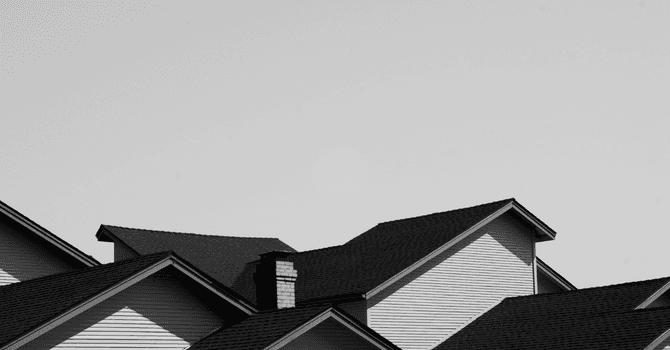
Léa Plourde-Archer
•16 Jun 2025
Wondering how much roof repairs or a full replacement will cost? Should you repair that small leak or invest in a new roof altogether? What materials offer the best value for your budget? These are just some of the questions homeowners ask when planning a roofing project.

Editorial Team
•29 May 2025
In 2025, the landscaping industry in Quebec is booming. With increasing demand for sustainable outdoor spaces and creative landscape design, residents across the province are turning to qualified landscapers to transform their properties. Whether you're looking to improve your curb appeal or completely revamp your backyard, understanding the role of a landscaper is crucial to a successful project.

Amanda Harvey
•07 Nov 2023
Scandinavian home decor is all about fostering balance and calm and focusing on light and nature. The Nordic love their homes to have a connection with the outdoors, and this is reflected in their refined style, pairing rustic appeal alongside clean lines and simple silhouettes. In a Scandinavian house, the finer details don’t go unnoticed, so overlooking any aspect of a home renovation project will be obvious.